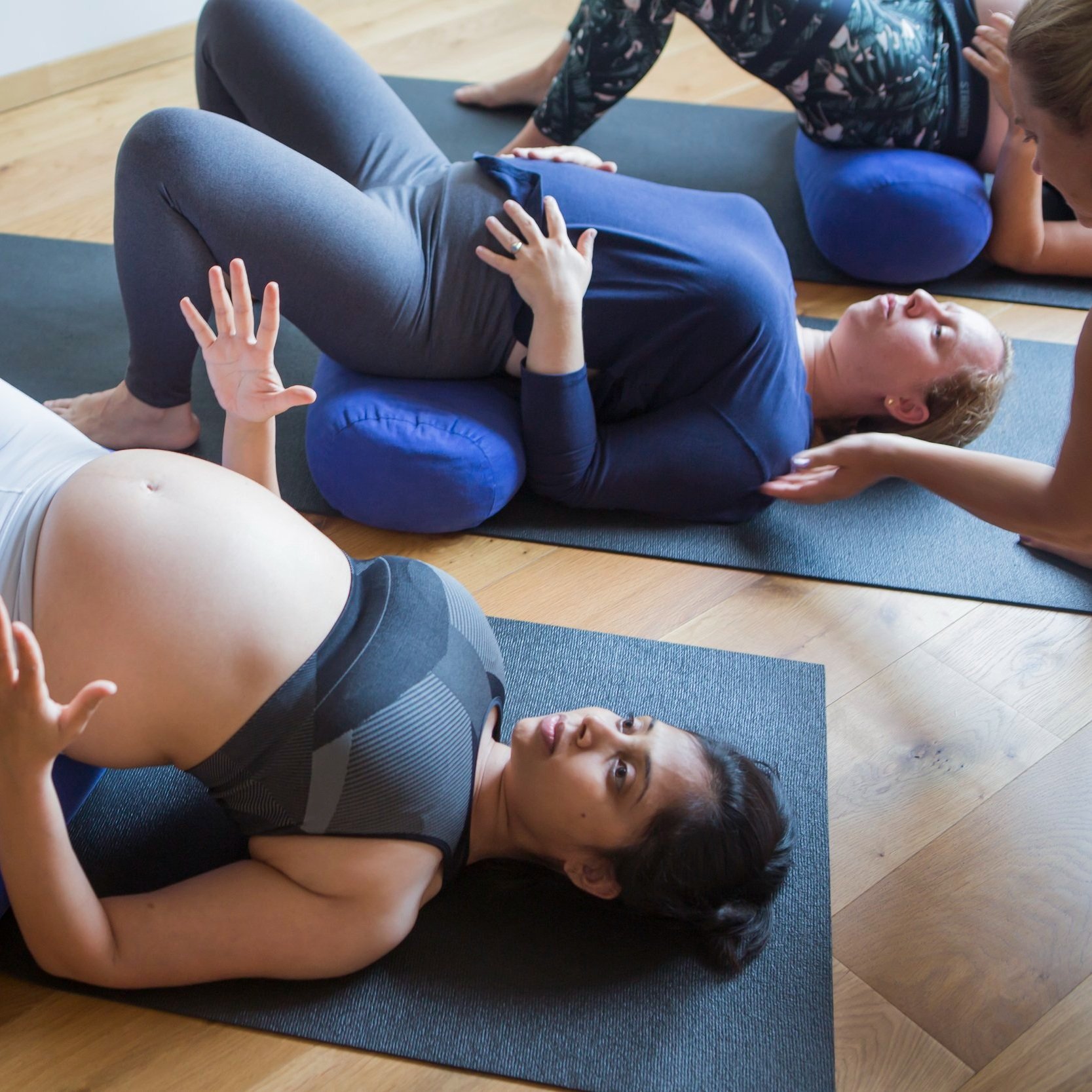
Yoga and Pregnancy: A Comprehensive Guide
Pregnancy is a transformative journey that brings about significant physical, emotional, and hormonal changes. Yoga, an ancient practice that combines physical postures, breathing techniques, and meditation, has been shown to offer numerous benefits for pregnant women. This comprehensive guide will explore the various aspects of yoga during pregnancy, including its benefits, safety considerations, modifications, and specific poses tailored to each trimester.
Benefits of Yoga During Pregnancy
- Reduces stress and anxiety: Yoga incorporates relaxation techniques that can help alleviate stress and anxiety, common during pregnancy.
- Improves sleep: Regular yoga practice can promote relaxation and reduce sleep disturbances, improving overall sleep quality.
- Relieves back pain and other discomforts: Certain yoga poses can help strengthen the back muscles and alleviate back pain, a common complaint during pregnancy.
- Increases flexibility and mobility: Yoga helps maintain flexibility and mobility, which can be beneficial for labor and delivery.
- Promotes healthy weight gain: Yoga can help regulate metabolism and promote healthy weight gain during pregnancy.
- Strengthens the pelvic floor muscles: Pelvic floor muscles play a crucial role in labor and delivery. Yoga poses that engage these muscles can help strengthen them.
- Prepares for labor and delivery: Yoga can help prepare the body for labor and delivery by improving flexibility, strength, and breathing techniques.
Safety Considerations
While yoga is generally considered safe during pregnancy, it’s essential to consult with a healthcare provider before starting any exercise program. Certain poses and modifications may be necessary to ensure safety and comfort. It’s also important to listen to your body and rest when needed.
Modifications for Pregnancy
As pregnancy progresses, certain modifications may be necessary to accommodate the changing body. These modifications include:
- Avoid lying on your stomach: After the first trimester, it’s recommended to avoid lying on your stomach to prevent putting pressure on the uterus.
- Modify poses that involve lying on your back: In later stages of pregnancy, lying on your back can compress the vena cava, reducing blood flow to the heart. Use pillows or blankets to support your back and elevate your legs.
- Avoid inversions: Inversions, such as headstands and handstands, should be avoided during pregnancy.
- Listen to your body: If a pose causes discomfort or pain, stop immediately and consult with a healthcare provider or yoga instructor.
Yoga Poses for Each Trimester
First Trimester
- Cat-Cow Pose: This pose helps stretch the back and relieve back pain.
- Child’s Pose: This pose provides a gentle stretch for the back and hips.
- Downward-Facing Dog: This pose strengthens the back and legs.
Second Trimester
- Warrior II Pose: This pose strengthens the legs and improves balance.
- Triangle Pose: This pose stretches the hips and back.
- Side Angle Pose: This pose opens the chest and stretches the hips.
Third Trimester
- Squats: This pose strengthens the legs and pelvic floor muscles.
- Pelvic Tilts: This pose helps align the pelvis and relieve back pain.
- Butterfly Pose: This pose opens the hips and inner thighs.
Breathing Techniques
Breathing is an integral part of yoga. During pregnancy, certain breathing techniques can help relax the body, reduce stress, and prepare for labor. These techniques include:
- Ujjayi Breath: This breath involves a gentle constriction of the throat, creating a slight hissing sound. It helps calm the mind and reduce stress.
- Alternate Nostril Breathing: This breath involves breathing in and out through one nostril at a time. It helps balance the nervous system.
- Deep Breathing: This breath involves taking slow, deep breaths, filling the lungs with air. It helps relax the body and promote relaxation.
Mindfulness and Meditation
Yoga incorporates mindfulness and meditation practices that can help pregnant women connect with their bodies, minds, and babies. These practices include:
- Body Scan Meditation: This meditation involves bringing awareness to different parts of the body, promoting relaxation and reducing stress.
- Mindful Breathing: This practice involves paying attention to the breath, promoting relaxation and reducing anxiety.
- Visualization: This technique involves visualizing positive outcomes, such as a healthy pregnancy and labor.
Conclusion
Yoga can be a beneficial practice during pregnancy, offering numerous physical, emotional, and mental benefits. By following safety guidelines, making appropriate modifications, and incorporating specific poses and breathing techniques, pregnant women can safely and effectively reap the rewards of yoga throughout their journey. It’s essential to consult with a healthcare provider before starting any yoga practice and to listen to your body and rest when needed. With proper guidance and modifications, yoga can be a valuable tool for supporting a healthy and fulfilling pregnancy.